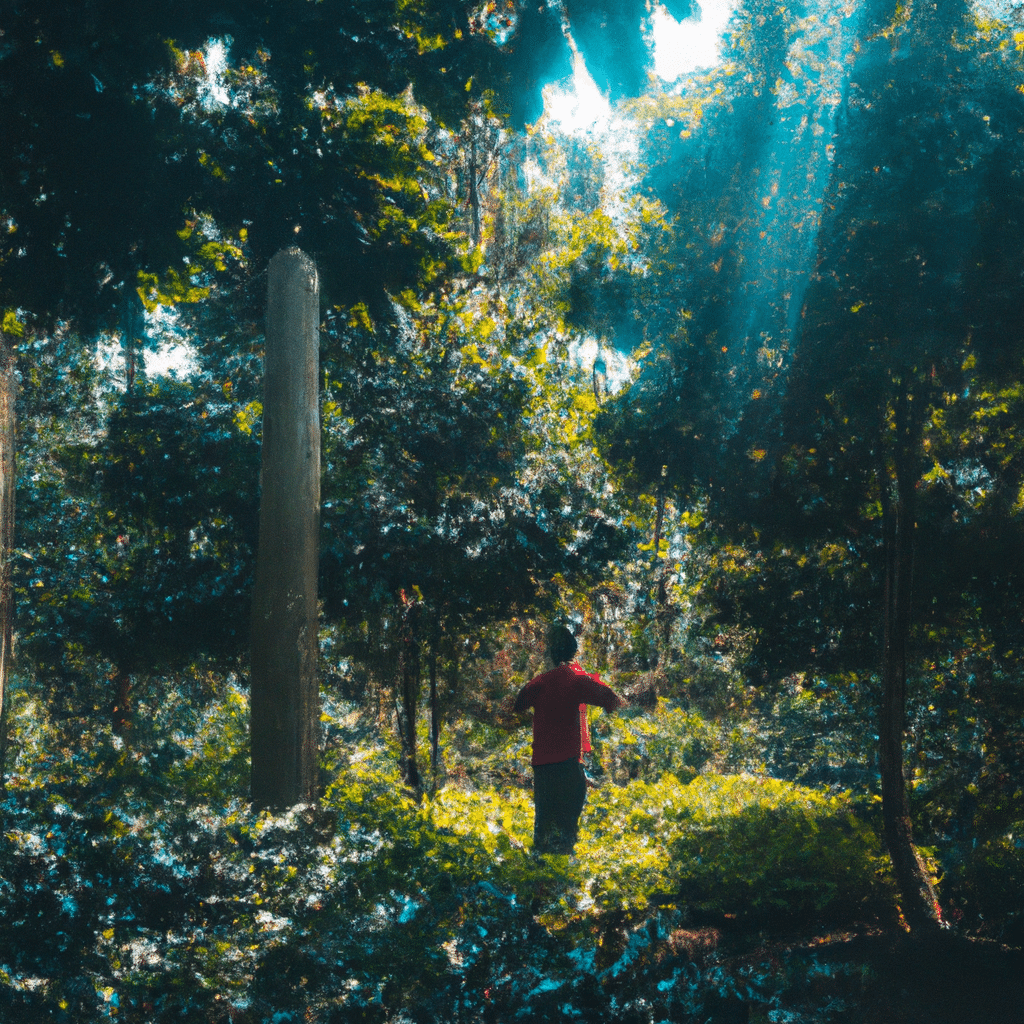Welcome to our journey through the world of coffee, where we uncover hidden gems and lesser-known origins that will undoubtedly surprise you. While popular coffee regions like Colombia, Brazil, and Ethiopia often steal the spotlight, there are countless other regions that produce exceptional coffee beans with unique flavors and characteristics. In this article, we’ll delve into these hidden gems, shining a light on their coffee culture, growing conditions, and the distinct profiles of their beans. Get ready to embark on a coffee adventure like no other!

The Mystique of Yemeni Coffee
Let’s begin our exploration with Yemen, a country rich in history and tradition when it comes to coffee. Yemeni coffee, also known as Mocha, is renowned for its distinctive taste and captivating story. With a history that dates back centuries, Yemen was one of the first countries to cultivate coffee. The ancient city of Mocha, located on the Red Sea coast, was a key trading port for coffee beans during the 15th to 18th centuries.
Yemeni coffee beans are typically small, yet they pack a punch in terms of flavor. They are often characterized by their intense and complex profiles, with notes of chocolate, dried fruit, and spices. Due to Yemen’s challenging growing conditions, which include high altitudes and limited rainfall, the cultivation and production of Yemeni coffee is labor-intensive, resulting in limited quantities and higher prices. However, the rarity and exquisite taste make it a hidden gem worth exploring.
The Enigmatic Story of Vietnamese Coffee
When it comes to coffee production, Vietnam might not be the first country that comes to mind. However, this Southeast Asian nation has quietly emerged as one of the world’s largest coffee exporters. Vietnam’s coffee industry primarily revolves around Robusta beans, known for their higher caffeine content and stronger taste compared to Arabica beans.
What sets Vietnamese coffee apart is its unique brewing method, which involves using a small metal filter called a “phin.” This traditional brewing technique creates a rich and bold cup of coffee that is often enjoyed with sweetened condensed milk. The combination of the robust Robusta beans and the indulgent sweetness of the milk results in a satisfying and distinct flavor profile.
The Hidden Treasures of Papua New Guinea
Nestled in the tropical rainforests of the Pacific, Papua New Guinea (PNG) is home to a vibrant coffee culture that remains relatively undiscovered. The country’s remote and rugged terrain provides the perfect conditions for growing high-quality Arabica coffee beans. The volcanic soil, combined with the ideal climate, contributes to the unique flavors found in PNG coffee.
PNG coffee is known for its bright acidity, medium body, and delightful mix of fruity and floral notes. The beans are typically handpicked and meticulously processed by local farmers, ensuring a consistent and exceptional product. Despite being lesser-known in the coffee world, PNG’s coffee industry has been gaining recognition for its commitment to sustainability and fair trade practices.
Exploring the Charms of Tanzanian Peaberry
Tanzania, situated in East Africa, boasts a coffee origin that is often overlooked – the Tanzanian Peaberry. Unlike traditional coffee beans, which consist of two halves, peaberries are small, round beans that form individually within the coffee cherry. This unique characteristic gives Tanzanian Peaberry coffee a distinct flavor profile.
Known for its bright acidity, full body, and vibrant fruity notes, Tanzanian Peaberry coffee offers a delightful sensory experience. The beans are typically grown on the slopes of Mount Kilimanjaro and Mount Meru, benefiting from the nutrient-rich volcanic soil and the region’s favorable climate. Despite its hidden status, Tanzanian Peaberry coffee is gradually gaining recognition among coffee enthusiasts worldwide.
The Untold Story of Indonesian Coffee
Indonesia, with its vast archipelago and diverse landscapes, is a treasure trove of coffee varieties. From the famous Sumatra Mandheling to the lesser-known Java and Sulawesi beans, Indonesian coffee offers a wide range of flavors and profiles. Each region within Indonesia has its own distinct coffee culture and production methods, resulting in a rich tapestry of coffee experiences.
Sumatra, for example, produces coffee with a heavy body, low acidity, and earthy undertones. Java coffee, on the other hand, is known for its balanced acidity and rich chocolatey flavors. Sulawesi coffee offers a unique combination of sweetness and spiciness, with hints of dark chocolate and ripe fruit. The diverse flavors and profiles of Indonesian coffee make it an exciting destination for coffee lovers seeking new and surprising taste experiences.
Conclusion
As we conclude our journey through the lesser-known coffee origins, we hope we have piqued your interest in the hidden gems of the coffee world. From the enchanting flavors of Yemeni Mocha to the robust Vietnamese coffee, and the captivating profiles of Papua New Guinea, Tanzanian Peaberry, and Indonesian varieties, these regions offer a wealth of taste experiences waiting to be explored.
Next time you reach for your morning cup of joe, consider venturing beyond the familiar and discovering the remarkable flavors and stories that lie within these lesser-known coffee origins. Embrace the world of coffee in all its diversity and savor the gems that remain hidden to many, but are waiting to surprise and delight those who dare to seek them out. Happy coffee exploration!















